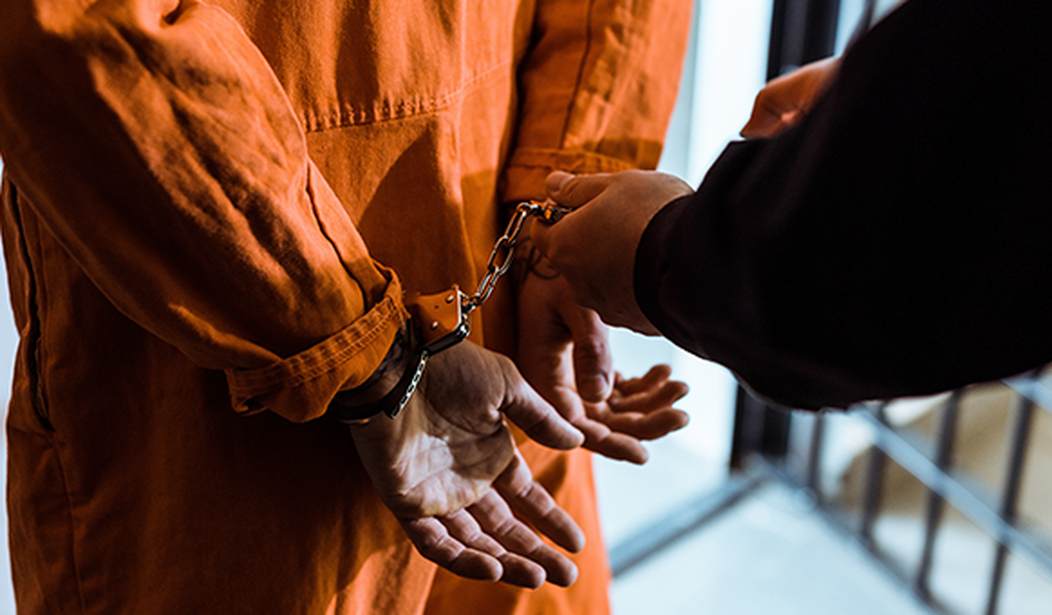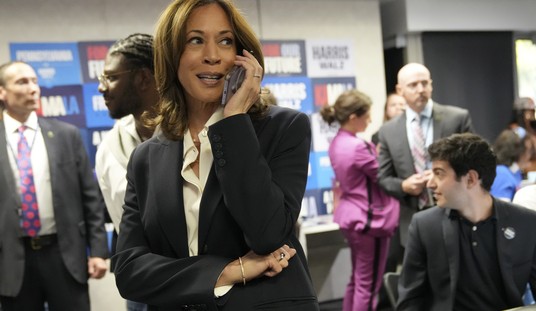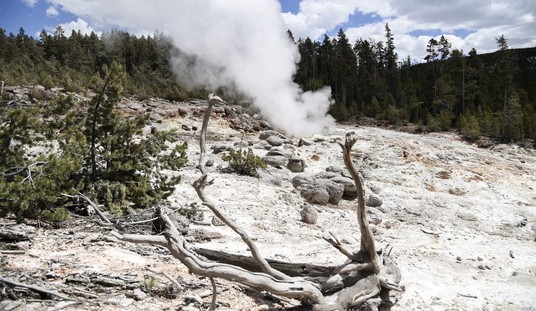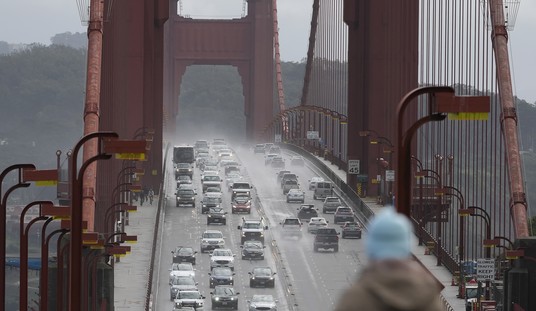I know, I'm still an odd one to be writing about the state of America's urban areas. If you've been reading my work at all in recent weeks and months, you know I grew up in a rural setting in Iowa and am a happy rural dweller myself now. I have little time for cities, despite having lived in them for 40 years. I find them unpleasant; crowded, noisy, and, frankly, smelly. I like the clean country air of Alaska's Susitna Valley, and if that means I have to put up with the sub-Arctic winters and long winter nights, that's fine.
With that being true, why am I still worried about America's cities? Because our cities are the beating hearts of our nation. Much of the country's economic activity happens there. Urban areas contain a lot of the country's industry and academia. What's more, our cities used to be the pride of the nation, but that's not so much the case anymore. Part of that is due to what citizens perceive as, and what statistics show to be, an increasing incidence of violent crime in our urban areas.
Democrats, of course, as well as various city officials in some of these cities, claim that crime rates are going down, that there isn't any such problem, that there's no need for the president to surge federal officers and National Guard into cities to get things under control. The problem is, the statistics they point to raise more questions than they answer. The Pacific Research Institute's senior fellow in urban studies, Steve Smith, has presented us with some interesting details.
Recently, the New York Times criticized President Trump for calling crime statistics showing decreasing crime in Washington, DC “phony,” and opining later that his decision to deploy the National Guard in Washington, DC was wrong. The deployment may be wrong – but so are the declining crime statistics quoted by the president’s opponents.
The September release of the National Crime Victimization Survey shows that from 2020 to 2024, urban violent crime increased 80 percent nationally.
Now, I'll disagree with one point. I don't think the deployment of the National Guard was wrong. The District was a mess, thanks in no small part to an utterly ineffective justice system that cranked criminals around and sent them right back onto the street. If any city in our nation should be a shining, clean, prosperous, and safe example of what a city can and should be, then it should be the city that houses our national capital. Clearly, it took the National Guard to do that. Well done.
Here's the onion:
What the media and a lot of academics and statisticians are talking about is that reported crime is down.
A popular source for those statistics is Jeff Asher, who is known for his ability to compile homicide statistics by mining data from a number of cities who post frequently updated crime statistics on their websites and then compiling them in his Real Time Crime Index. Indeed, the index can be useful for year-to-date reported crime data and his choice of homicides and violent crime is intentional as reporting is higher for violent crime.
Asher is not alone.
Recently Ernesto Lopez from the Council on Criminal Justice issued a report entitled, “Crime Trends in US Cities: Mid-Year 2025 Update,” which uses a similar modality to Asher’s – large cities with public databases. This caught the eye of the Public Broadcasting Service, and Lopez was the featured guest on their program, Story in the Public Square.
Mr. Lopez, after his report was issued, appeared on a PBS program (I think I see the problem already) called Story in the Public Square, where host Jim Ludes tried to ambush Mr. Lopez by claiming that we are more afraid of crime than we ought to be; after all, who are we supposed to believe, a PBS host or our own lying eyes?
Here's where the problem lies: the disparity between reported crime and actual victimization. In other words, there is a growing trend among people who have been victims to avoid reporting. This is known as the "dark figure" of crime:
Unfortunately, reorganizing and reciting Uniform Crime Report statistics or even one’s own urban dataset of reported crime data is only half the story.
The NCVS gives us a hint of why:
- Urban violent crime victimization is at its highest level in 5 years
- The total number of violent crime victims is 6,671,640, its highest level in 5 years
- The number of victims reporting violent victimization is 1,221,345 – its lowest level in 5 years
A comparison of the NCVS with the Uniform Crime Reports (or Lopez and Asher’s datasets) yields what some criminologists call the “dark figure” of crime – the difference between victimization and reporting. It’s dark not in the sinister sense, but in the sense that unreported crime leaves policymakers and criminal justice agencies in the dark as to how to best prevent and respond to crime.
Why? There are several reasons.
First, the revolving-door justice system is too prevalent in many of our major cities.
Read More: The Downfall of America's Cities: Liberal Courts and Revolving Doors
The Downfall of America's Cities: Why Do They Put Up With Street Takeovers?
Criminals are caught, and sometimes back on the street in a matter of hours. Note that this not only frees the goblin to resume preying on the citizenry, but also raises the possibility of reprisals for any victim who might come forward. And, can we blame them?
Second, this whole problem, of repeat offenders recycled back out into neighborhoods with little or nothing in the way of consequences for their actions, leads to a lack of faith in the justice system overall.
Third and finally, every goblin who is swept up, slapped on the wrist, and released is emboldened. They tend to escalate. They got away with one crime, they'll try another, and another, until finally swept up for something that can't be plea-bargained away, with how many victims in their wake?
There will always be criminals among us, and there will always be some of those criminals willing to engage in violent attacks. What needs to be done is to make the consequences for the entry-level crimes serious enough to deter that escalation. Smash-and-grab hoodlums must be captured, indicted, tried, and imprisoned. Street-takeover thugs must be arrested, tried, and punished. It's nothing more than Rudy Giuliani's broken-windows theory, which made New York City briefly a good place to live - at least, until the Big Apple started electing liberal Democrat mayors again, after which everything went downhill.
When that dark figure is reduced, when the gap between reporting and victimization is reduced, we'll know that what we are doing is working, and that people, once more, have some faith in their city's system of justice.














